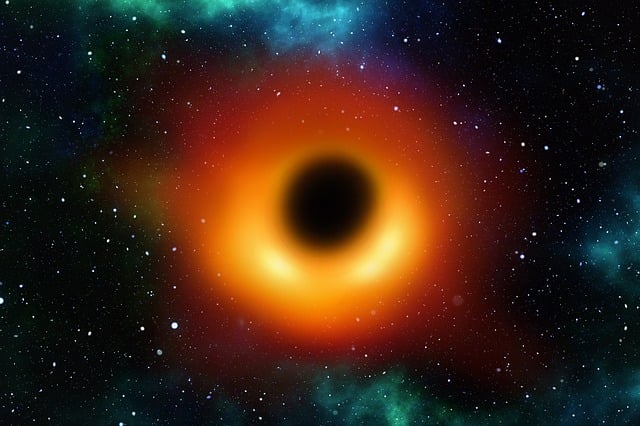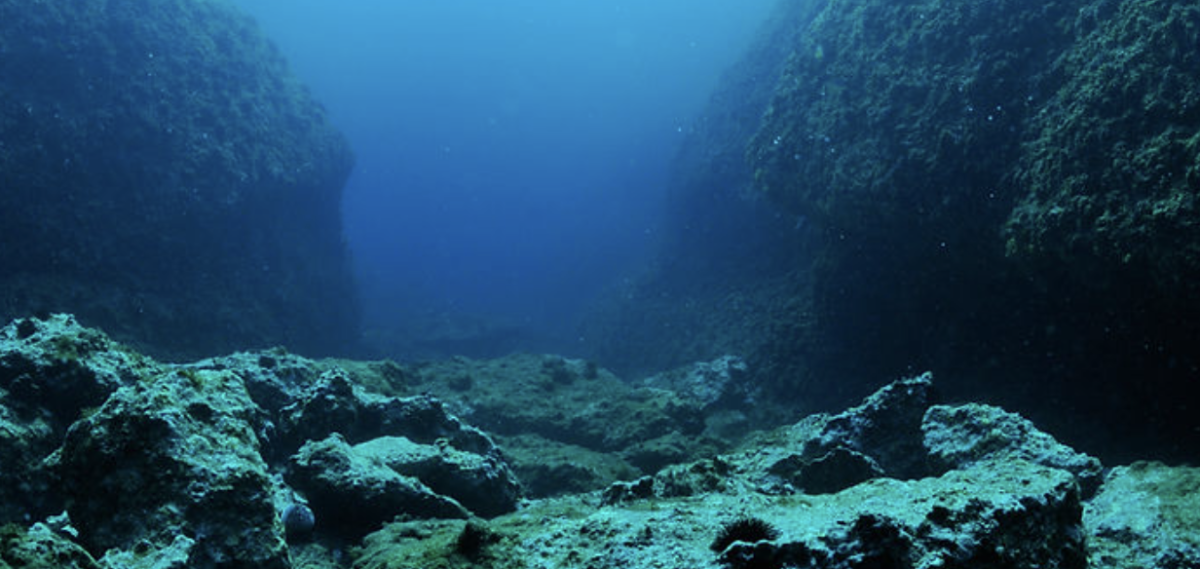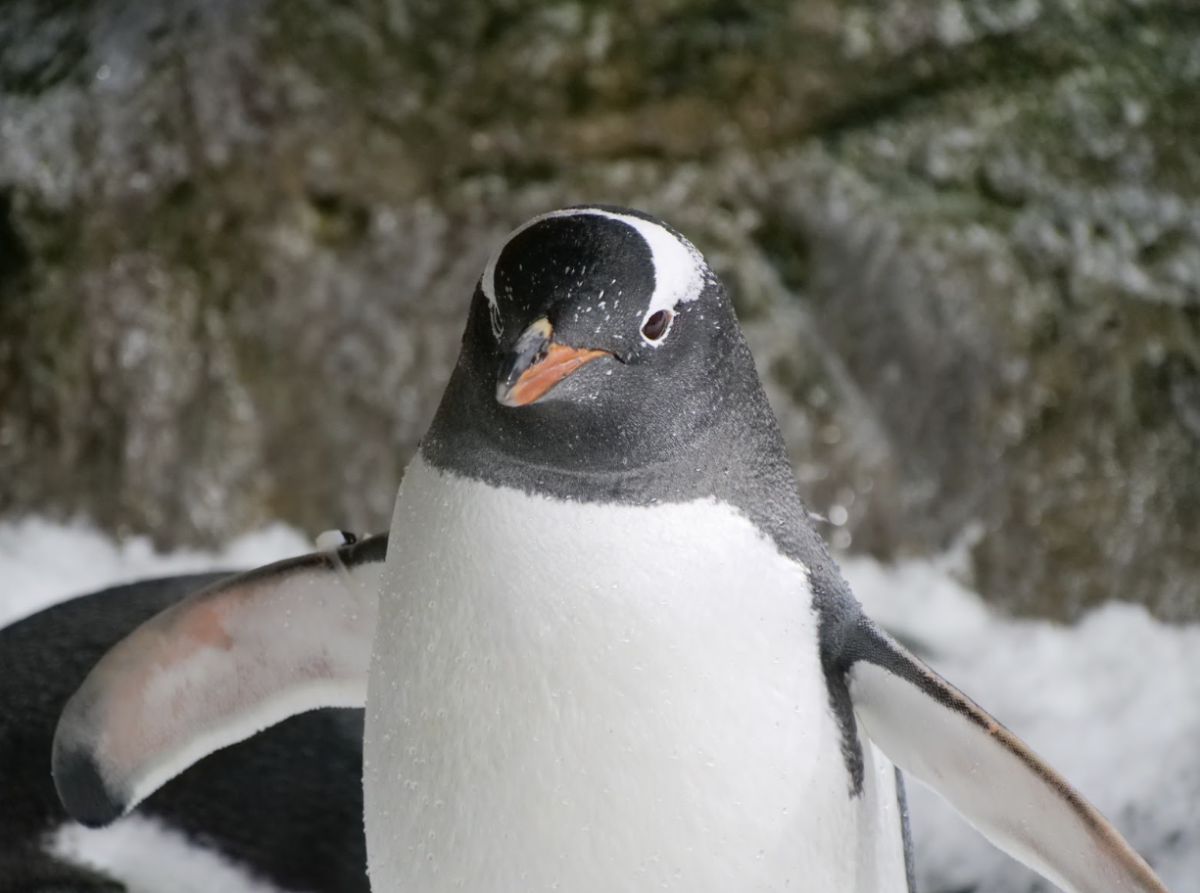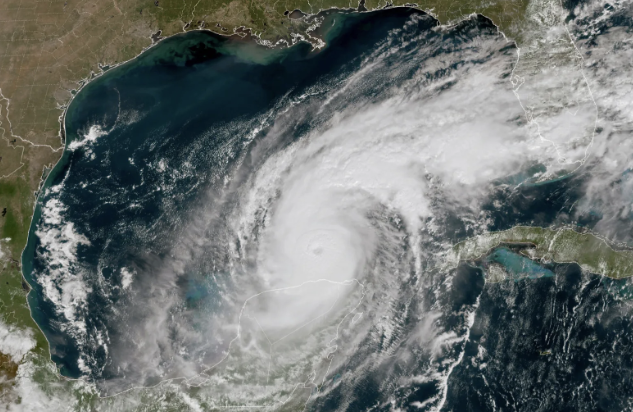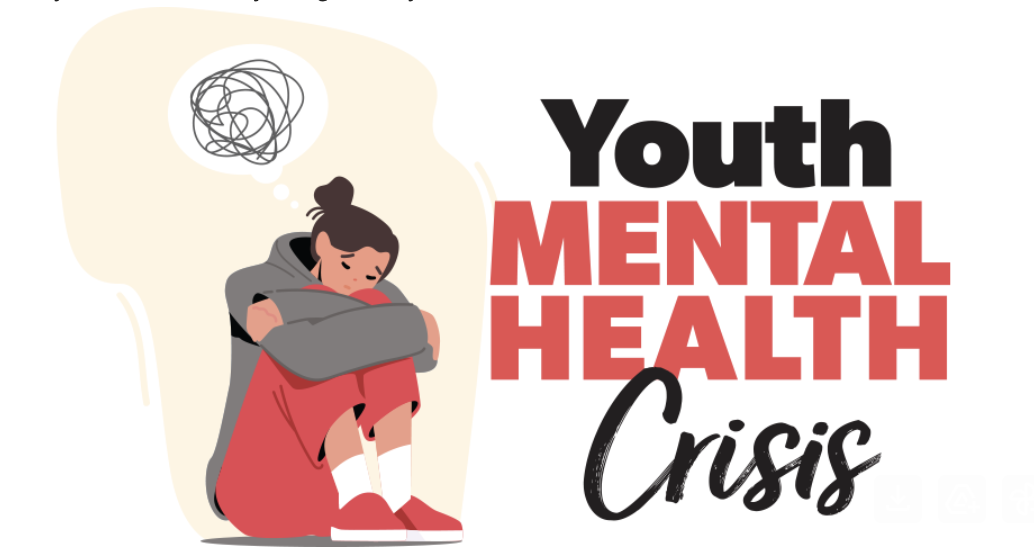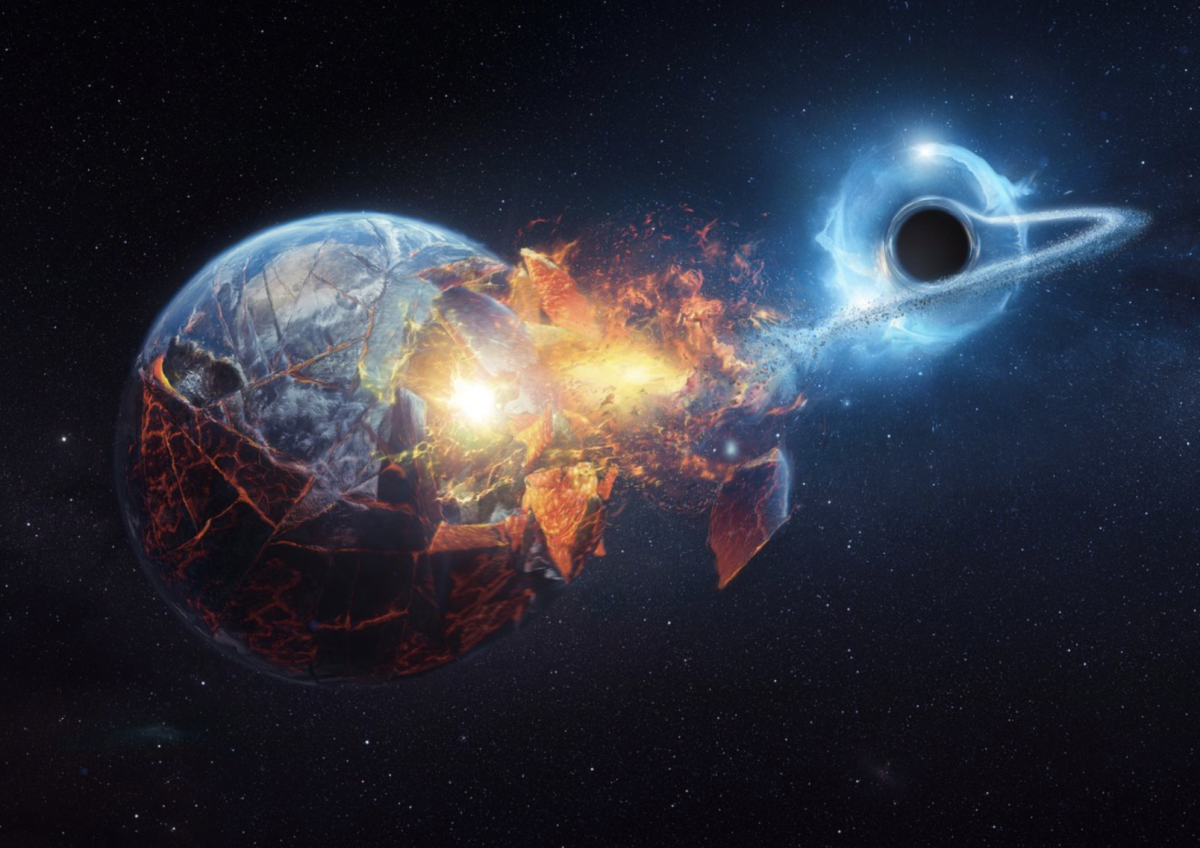A new report from the Monthly Notices of the Royal Astronomical Society suggests that black holes may exist in the Hyades cluster, the closest known open cluster to our solar system. This makes them the closest black holes ever to be detected from Earth.
The study was led by Stefano Torniamenti from the University of Padua in Italy, in collaboration with Mark Gieles, an ICREA professor at the Faculty of Physics, the Institute of Cosmos Sciences of the University of Barcelona (ICCUB), and the Institute of Space Studies of Catalonia (IEEC), and Friedrich Anders (ICCUB-IEEC).
The researchers found the black holes while studying the Hyades with simulations that tracked the motion and evolution of all the stars in the cluster. They then compared these results to the actual positions and velocities of the stars observed by the European Space Agency’s (ESA) Gaia satellite.
Open clusters are groups of hundreds of stars that share specific characteristics such as age and chemical properties. The Hyades cluster is located about 150 light-years away from the sun.
“Our simulations can only simultaneously match the mass and size of the Hyades if some black holes are present at the center of the cluster today (or until recently),” says Stefano Torniamenti, the author of the paper and a postdoctoral researcher at the University of Padua.
The Hyades star cluster has been studied, and simulations show it has two to three black holes. Even if all the black holes were ejected from the cluster less than 150 million years ago, simulations can still match the cluster’s current characteristics because their previous existence leaves traces in the cluster’s evolution.
Recent research suggests that the Hyades-born black holes may still exist within or close to the cluster. This makes them the closest black holes to the sun, surpassing the previous candidate, Gaia BH1, which is much farther away at 480 parsecs.
The Gaia space telescope has enabled scientists to study the position and velocity of open cluster stars in detail. This progress has made it possible to identify individual stars more confidently than ever.
“This observation helps us understand how the presence of black holes affects the evolution of star clusters and how star clusters, in turn, contribute to gravitational wave sources,” says one of the members of the UB Department of Quantum Physics and Astrophysics and host of the first author in Barcelona, Mark Gieles.


